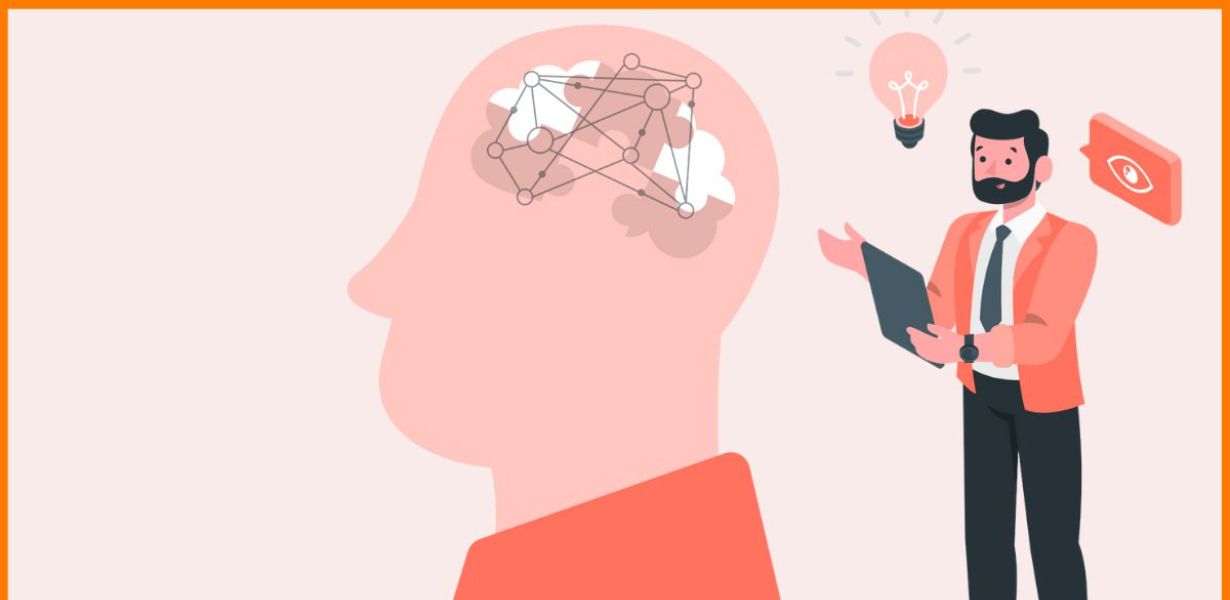
Decoding User Behavior: The Evolution of Neuromarketing in Tech User Research
- Post
- August 7, 2023
- UI/UX Design, User Research, Web Design
- 0 Comments
As the digital realm continues to expand, the significance of user-centric design has never been greater. User interface (UI) and user experience (UX) design are not just about aesthetics; they’re about delivering an engaging and seamless interaction between users and technology. Traditional user research methods, such as surveys and focus groups, have their limitations. They rely on conscious responses, often overlooking the subconscious reactions that can drive user decisions.
Unveiling Neuromarketing: What is it?
Neuromarketing is a multidisciplinary field that amalgamates neuroscience, psychology, and marketing. Its fundamental premise is to comprehend how the brain responds to marketing stimuli, thereby revealing insights into consumer preferences and decision-making processes. Unlike conventional methods, neuromarketing taps into the subconscious, providing a deeper understanding of user behavior that informs UI/UX design decisions.
The Science Behind Neuromarketing
Neuromarketing leverages advanced techniques such as functional magnetic resonance imaging (fMRI), electroencephalography (EEG), and eye-tracking to observe and measure brain activity, eye movements, and physiological responses. These technologies allow researchers to analyze how users react to different visual cues, interface elements, and content, enabling designers to optimize user interfaces with precision.
Decoding User Preferences: Neuromarketing in Action
Neuro-Driven UI Design Strategies
Incorporating insights from neuromarketing enables designers to craft interfaces that resonate with users at a subconscious level. Color palettes, typography, and visual hierarchy can be tailored to trigger desired emotional responses and encourage desired actions.
Eye-Tracking Analysis for Enhanced Engagement
Eye-tracking technology helps pinpoint where users focus their attention on the screen. By understanding gaze patterns, designers can strategically place important information and elements to capture user interest effectively.
Optimizing User Engagement Through Neurofeedback
Neuromarketing also facilitates real-time feedback through neurofeedback mechanisms. This involves monitoring users’ brain activity and adjusting the interface dynamically to maintain engagement and user satisfaction.
The UX Research Revolution: Bridging Gaps
Deepening Empathy with Users
Neuromarketing fosters empathy by providing insights into users’ subconscious responses. This deeper understanding allows designers to create experiences that resonate with users on an emotional level.
Informed Decision-Making
Traditional user research can sometimes yield ambiguous results. Neuromarketing offers concrete data by tapping into unfiltered reactions, empowering designers to make data-driven decisions.
Reducing Cognitive Load
Understanding how users process information neurologically enables designers to streamline interfaces, reducing cognitive load and enhancing user comprehension.
Addressing Challenges and Ethical Considerations
While neuromarketing holds immense potential, it also raises ethical concerns. Privacy, consent, and the potential manipulation of users’ subconscious responses are issues that require careful consideration.
Final Words
In the ever-evolving landscape of UI/UX design, understanding user behavior is non-negotiable. Neuromarketing brings forth a new era of tech user research, enriching designers’ toolkit with neuroscientific insights that resonate beyond the surface. By decoding the intricate interplay of brain and interface, we unlock the door to enhanced user experiences that define the future of technology.
Commonly Asked Questions
Q1: Is neuromarketing invasive?
A1: Neuromarketing relies on non-invasive technologies like fMRI and EEG, ensuring user comfort and safety during research.
Q2: Can neuromarketing predict user behavior with certainty?
A2: While neuromarketing provides valuable insights, it doesn’t offer infallible predictions but enhances the accuracy of user behavior forecasts.
Q3: How does neuromarketing impact user trust?
A3: By delivering more intuitive and personalized experiences, neuromarketing can bolster user trust in products and brands.
Q4: Does neuromarketing prioritize emotions over functionality?
A4: Neuromarketing aims to strike a balance, harmonizing emotional engagement with functional efficiency in UI/UX design.
Q5: What’s the future of neuromarketing in tech?
A5: The future holds exciting possibilities, with neuromarketing likely to be integrated more deeply into design processes, yielding innovations in user experiences.



